#DavaoCity'sHistory
Explore tagged Tumblr posts
Text
A Look Into the Past - Uncovering Davao City's History
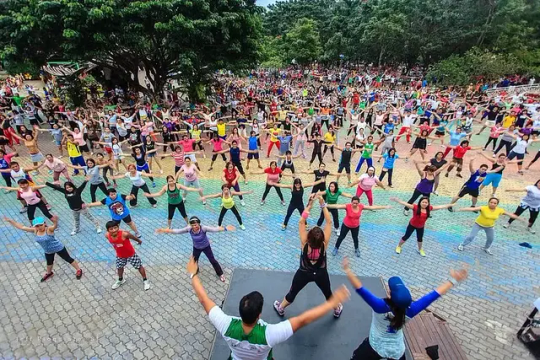
Davao City is a vibrant metropolis that has experienced an incredible journey throughout its history. From the time of pre-colonial indigenous tribes to today's bustling modern city, Davao City has seen countless changes and developments over the centuries. Yet despite these changes, Davao City still retains much of its cultural heritage from each era in its past. In this article, we will take a look at some of those key moments in history and explore how they have shaped Davao City into what it is today - a thriving hub for business, culture, and tourism. We will uncover the stories behind pre-colonial indigenous tribes, Spanish colonization and Christianity, American occupation, and government development during World War II up until present-day modernity. Join us as we dive into the past to discover more about this fascinating city!
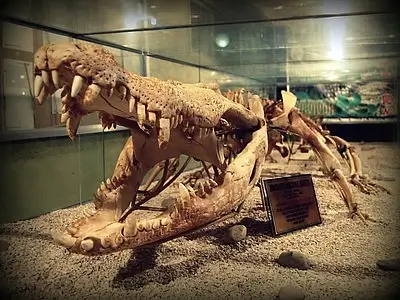
Pangil. Crocodile Park, Davao City. Photo by Shubert Ciencia. Flickr.
Exploring Davao Cities Culture
Davao is a unique and vibrant city located in the Southern Mindanao region of the Philippines. Sixteenth-century Spanish colonizers referred to Davao as "Cosmopolitan Davao" due to its emergence of a melting pot culture with roots in Davao City's majority Christian faith and Indigenous inhabitants from the Lumad tribes. Davao is well-known for its colorful festivals such as Kadayawan, Araw ng Davao, Adlaw Hong Butuan & Higalaay, and Karisyuan festivals where locals celebrate their cultural heritage through traditional dances and popular songs. Davao's nature is beautiful too, offering both marine adventure activities like whale shark watching, and river trekking through Davao's emerging eco-tourism destinations like the Island Garden City of Samal (IGaCOS) & Davao Crocodile Park. The city also plays host to amazing wildlife preserves such as Davao National park & The Philippine Eagle Center which can be found amidst the remarkable Indian Ridge atop Mt Apo and offers an educational experience where visitors can interact with rare species.
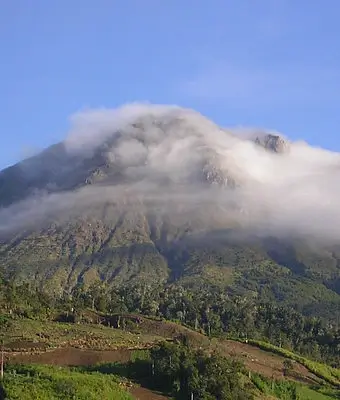
Bundok Apo. Photo by NCCA Official. Flickr.
Pre-Colonial Times
Davao, in the southern Philippines, is part of a region rich with a fascinating pre-colonial history. Davao and its surrounding areas were composed of various indigenous tribes or ‘ethnolinguistic’ groups, each with their own cultural identity, traditions, values, and religious beliefs. These people experienced moments both of peace and strife as they shared land, traded goods, and fought for control of resources. Davao itself was settled by the Kalagan people who inhabited Davao Gulf prior to Spanish colonization. They lived in organized tribal villages where their strength showed not only through their knowledge of warfare but also the traditional craftsmanship such as furniture made from logs harvested in Davao's highland forests. Davao remains home to its many ethnolinguistic groups which continue to honor and remember their pre-colonial roots in modern times.
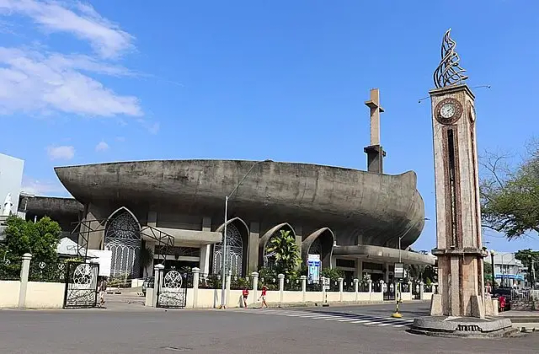
San Pedro Cathedral in Davao. Built in 1847. Photo by Teemu Väisänen. Wikimedia.
Spanish Colonization 1842-1898
Following the Spanish colonization of the Philippines, Davao in particular saw an influx of Christianity brought by the Spanish. The city quickly became a religiously-mixed landscape as thousands of residents converted to Catholicism. Soon enough, Davao had more than a few churches and Christian cemeteries, constructed mostly with materials from overseas which is evidence of how Davao was well transformed by its newfound faith. In fact, Davao is currently home to some of the most stunning Churches in the country that were built during this period -- in a very vivid tribute to Spanish Colonial architecture -- and remains a beautiful landmark of Davao today.
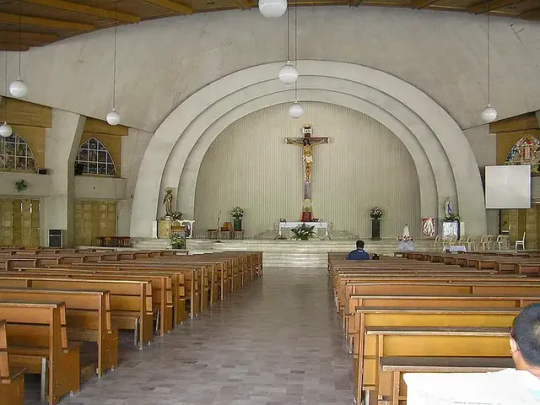
San Pedro Cathedral internal view. Photo by Erick Opena. Flickr. History of San Pedro Cathedral The San Pedro Cathedral in Davao City is an iconic symbol of history and faith for the people of Davao. As the oldest Christian structure in Mindanao, it has stood as a testament to the centuries-old Catholic presence on these islands since 1754. Construction was initiated by Cebu’s Spanish governor and missionary priest, Fray Antonio Calzada de Compostela and completed two years later in 1756. Initially built with limestone blocks quarried from nearby hillsides and mounds of earth, the church has since been renovated multiple times to maintain its grandeur. The most recent renovation occurred in 2010 when a new roof was installed. Its architectural style is mostly neoclassical, with some Baroque influences from Spain evident in its interior features such as its altars made of marble or wood carvings depicting Biblical scenes or figures. The Philippine Revolution The Philippine Revolution of 1896 was a significant event in Philippine history. The revolution began after the execution of three Filipino priests accused of subversion, which sparked a wave of discontent among the people. One group that played an important role in this revolution was from Davao City in Mindanao, led by Vicente Ilustre and his brother Felix. The Ilustre brothers together with their father became active advocates for Filipino independence. They formed a small army and were crucial in inspiring other revolutionaries to fight against Spanish forces across the Philippines. Their efforts paid off when General Emilio Aguinaldo led the armed uprising against Spain on August 29th, 1896. Soon afterwards Davao City was declared free from Spanish control by General Francisco Roldan, who had been sent by President Aguinaldo from Luzon to Mindanao to lead the revolution there.
American Occupation 1898-1937
Davao City in the Philippines has seen a dramatic change since the onset of American occupation. Before this period, Davao City was managed through an autocratic system with a local tribal ruler at its head, who made decisions on behalf of the official regional government. With the arrival of American occupiers, Davao City underwent a significant evolution in government structure. The occupational forces gave way to democracy and instituted election processes that created new public offices to represent Davao’s interests from both a national and provincial standpoint. This transition enabled Davao citizens to have more say in their political environment while allowing officials to make decisions on behalf of their constituents, thus improving infrastructure development and access to basic services across the region.
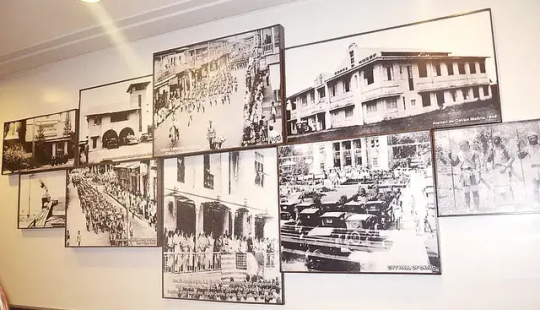
History of Davao City. Photo by Angelica Negro. Flickr.
World War II
Davao was one of many areas heavily impacted by World War II and the Japanese invasion. Before its capture by Japanese forces in May 1942, the city was a stronghold of Allied resistance after the fall of Bataan and Corregidor. During this time Davao acted as an evacuation site for local civilians. Once captured, Davao became a Japanese wartime administrative capital for four years under the brutality and harsh measures employed by its forces to quell any opposition to their rule. Post-war reconstruction was slow in Davao due to years of civil war that followed Japan’s surrender. Throughout Davao’s history, however, it has consistently demonstrated resilience with its eventual transformation into a metropolitan center over time.
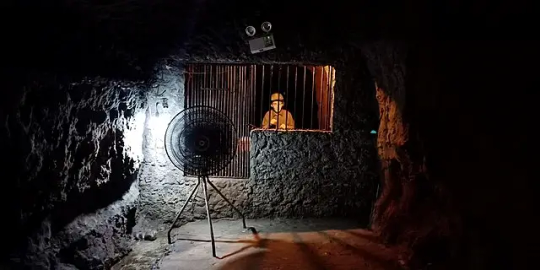
Japanese Tunnel Davao End of Tunnel. Photo by Roy Kabanlit. Wikimedia. Life Under Japanese Rule The Japanese Imperial Army occupied Davao City, in the southern Philippine island of Mindanao, from 1942 to 1945 during World War II. During this three-year period of occupation by Japan, the Philippines experienced much hardship and suffering as a result of military rule and lack of resources. The Japanese government imposed strict martial law over Davao City that limited civil liberties and severely restricted freedom of movement for citizens. Local residents were subjected to harsh restrictions such as curfews and searches, while many others were taken into custody or deported without cause. Moreover, food became scarce due to severe rationing with local produce being requisitioned by the occupation forces. The healthcare system also suffered with poor nutrition leading to an increase in disease and death among the population. Many civilians found themselves unable to access medical care or other basic necessities due to these policies imposed by the Japanese imperial forces.
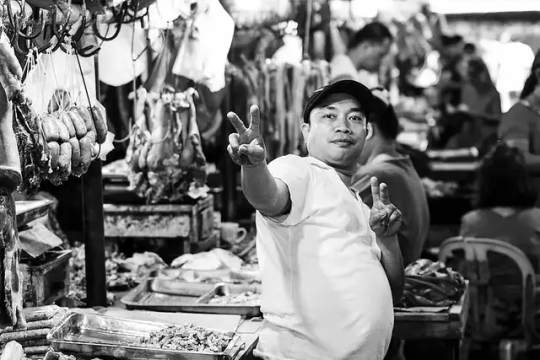
Bankerohan market is both easy to find just off San Pedro Street, Davao. Photo by Phil Warren. Flickr.
Post-War Era
Davao was drastically transformed after World War II. Before the war, Davao was a small and tranquil city with little industrialization. After Japanese forces left Davao in 1945, the Davaoenos were determined to rebuild the city and pave the way for Davao's future prosperity. Construction of Davao's main University, Ateneo de Davao University, began in 1948 and numerous infrastructures such as roads, airports, shopping malls, and power plants were established during this period of restoration. Economic reform programs relating to agricultural production, education, transportation, and tourism followed suit for the coming decades allowing Davao City to fully recover from wartime devastation and develop into one of the leading cities in Mindanao.
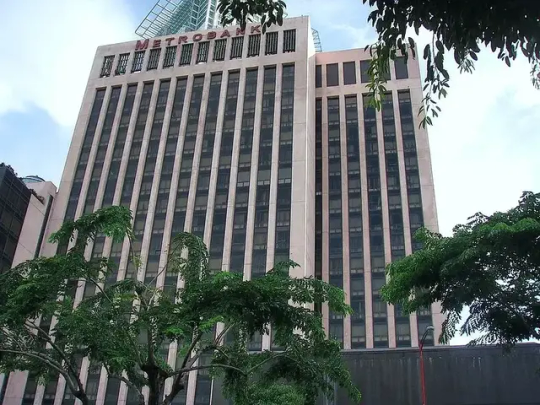
Metrobank in downtown Davao. Photo by Jun Acullador. Flickr.
Modern Davao City
Davao City, the financial center of Davao del Sur Province, is among the most sought-after locations to live in the Philippines today. It has experienced unprecedented growth and development over the past few decades, culminating in its current state as a bustling metropolitan hub. Davao is famous for its pristine beaches, resorts, and dining options. Davao’s infrastructure has also grown exponentially over time, resulting in top-notch public transportation systems and other efficient services that make it a favorite among locals and tourists alike. In recent year the city has become attractive for global businesses, with several projects ongoing or recently completed; such developments have turbo-charged Davao’s economic growth and dynamism that show no signs of abating any time soon.
Conclusion
Davao City has come a long way since its humble beginnings and is now one of the most sought-after locations to live in the Philippines. Its history has been marked by resilience, growth, and development over time, culminating in its current state as a bustling metropolitan hub with top-notch public transportation systems and other efficient services that make it attractive for both locals and tourists alike. As Davao continues to grow into an even more vibrant city, it’s important for us all to preserve this unique place while celebrating its rich culture and heritage. Sources: THX News & Wikipedia. Read the full article
0 notes